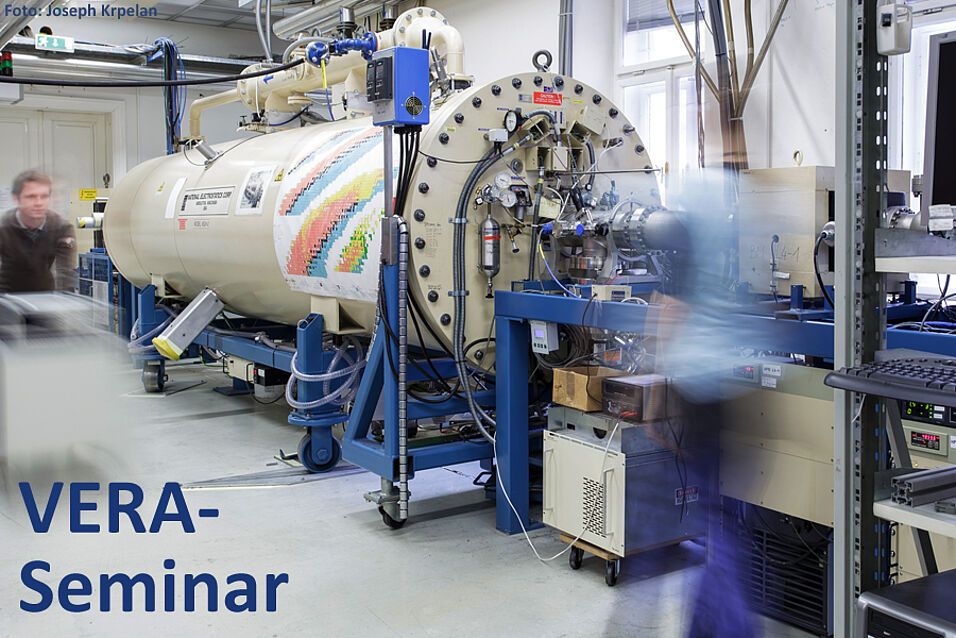The long-lived fission product Technetium-99 (t1/2 = 2.1·105 a) has been released into the environment by reprocessing plants and as global fallout by nuclear weapons tests (around 140 TBq). The meta-stable 99mTc is increasingly used as medical tracer leading to an additional accumulation of its decay product 99Tc as waste. Due to the expected mobility and its long half-life, 99Tc is not only a radionuclide of primary concern for nuclear waste storage, but is also considered a potential oceanographic tracer. Whereas the liquid 99Tc emissions from the reprocessing plants are rather well studied, there is hardly any data on the global distribution of 99Tc in environmental reservoirs affected by nuclear weapons fallout.
We recently started a FWF funded project to improve this situation by pursuing two different approaches for the detection of 99Tc: A large accelerator system in combination with a gas-filled magnet system, available at the Technical University of Munich, and the Ion-Laser-InterAction-Mass-Spectrometry (ILIAMS) setup at VERA. The AMS setup in Munich, which has already shown sufficient suppression of the stable isobar 99Ru, is currently being applied to analyse environmental 99Tc concentrations e.g. in Pacific Ocean water and a peat bog. First results on the detected 99Tc concentrations and suitable chemical procedures for the extraction of Tc will be presented after an overview of previous studies on the Tc distribution in the environment and the general research questions of the present project.
Karin Hain (Vienna): Study of the global distribution of the long-lived radionuclide Tc-99 with AMS
Location:
Victor-Franz-Hess-Hörsaal, Währinger Str. 17, 1. Stock Kavalierstrakt
Verwandte Dateien
- Hain_13-06-2019.pdf 33 KB

